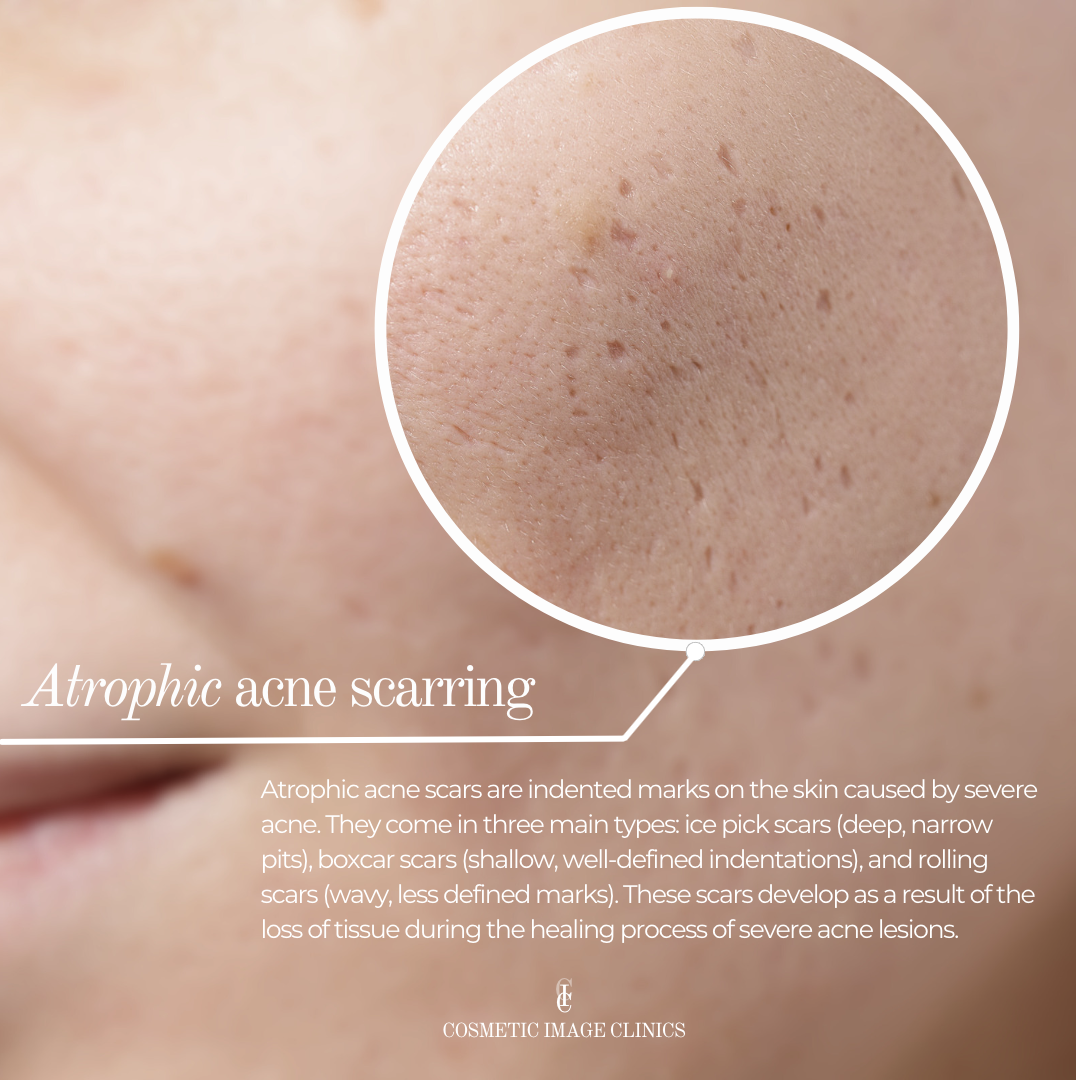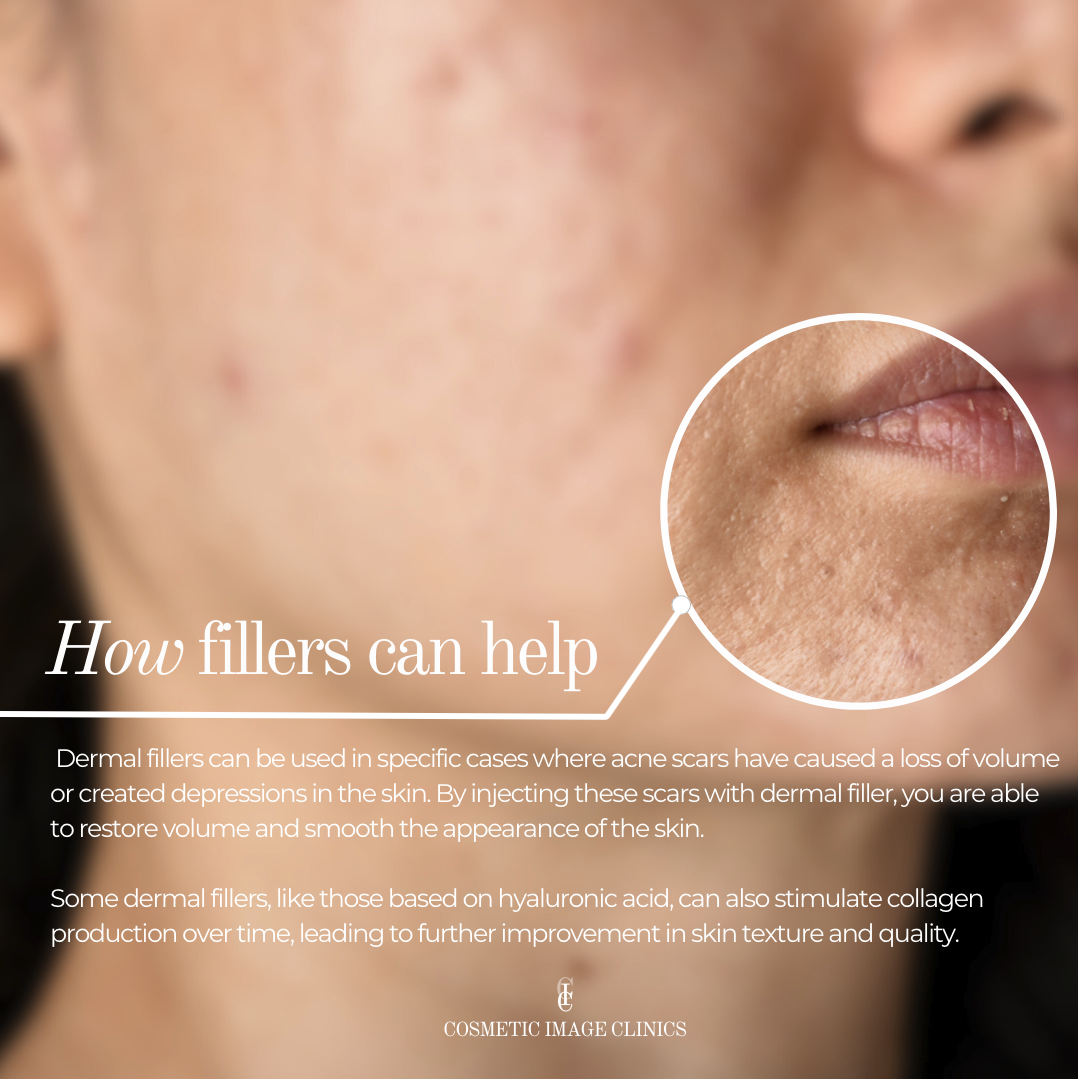Understanding Acne: Types, Causes, and Effective Treatments
Acne, a common skin condition that affects millions worldwide, can manifest in various forms, each presenting its own challenges and requiring tailored treatments for effective management. At our clinic, we understand the complexity of acne and offer a range of advanced treatments to address different types of acne effectively. In this blog post, we'll delve into the various types of acne, their causes, and how our specialised treatments can target and treat them.
Types of Acne:
1. Whiteheads and Blackheads (Comedonal Acne): These are non-inflammatory acne lesions characterized by clogged pores. Whiteheads occur when the pore is completely blocked, while blackheads occur when the pore is partially blocked, and the accumulated sebum and dead skin cells oxidise, giving them their dark appearance.
2. Papules and Pustules (Inflammatory Acne): Inflammatory acne includes papules (small, red bumps) and pustules (red bumps with pus). These occur when the hair follicles become inflamed due to bacteria, excess oil, and dead skin cells, leading to swelling and redness.
3. Nodules and Cysts (Severe Acne): Nodular and cystic acne are severe forms characterized by large, painful, and deeply embedded lesions. Nodules are hard, painful lumps beneath the surface, while cysts are pus-filled, often causing scarring and emotional distress.
Types of Acne Scarring:
Acne scarring is a common consequence of severe or persistent acne, leaving lasting marks on the skin even after the active acne has subsided. There are several types of acne scarring, each with its own characteristics and appearance. Understanding the different types of acne scarring can help individuals and healthcare professionals choose the most appropriate treatment approach. Here are the main types of acne scarring:
1. Atrophic Scarring: Atrophic scars result from a loss of tissue beneath the skin's surface and are characterised by depressions or indentations. There are three primary subtypes of atrophic scars:
a. Ice Pick Scars: These scars are narrow, deep, and sharply defined, resembling small puncture marks on the skin. Ice pick scars form when inflamed acne lesions penetrate deep into the skin, damaging the collagen and elastin fibers.
b. Boxcar Scars: Boxcar scars are broader and shallower than ice pick scars, with well-defined edges and a box-like appearance. These scars form when inflammatory acne destroys collagen, leading to tissue loss and depressed areas on the skin's surface.
c. Rolling Scars: Rolling scars have a wave-like or undulating texture, creating a rolling or rippled appearance on the skin. Rolling scars develop when fibrous bands of tissue form between the skin's surface and deeper layers, tethering the skin and creating uneven contours.
2. Hypertrophic and Keloid Scars: Hypertrophic and keloid scars result from an overproduction of collagen during the healing process. Unlike atrophic scars, these scars are raised above the skin's surface:
a. Hypertrophic Scars: Hypertrophic scars are raised, red, and often lumpy or uneven in texture. These scars form when there is an excessive accumulation of collagen during the wound healing process, resulting in raised scar tissue.
b. Keloid Scars: Keloid scars are similar to hypertrophic scars but extend beyond the boundaries of the original wound, often growing larger over time. Keloids result from an abnormal response to injury or inflammation, leading to the overproduction of collagen and the formation of raised, firm scars.
3. Post-Inflammatory Hyperpigmentation (PIH): While not technically scarring, post-inflammatory hyperpigmentation (PIH) refers to darkened areas of skin that develop after an acne lesion has healed. PIH occurs when melanin production is increased in response to inflammation or injury:
a. PIH: PIH presents as flat, discoloured patches or spots on the skin, ranging from pink or red to brown or black. Excess melanin production in response to inflammation or trauma leads to the darkening of the skin in areas where acne lesions have healed.
Understanding the different types of acne scarring is essential for determining the most appropriate treatment options. While some treatments may be effective for certain types of scarring, others may be less suitable. Consulting with a dermatologist or skincare professional can help individuals develop a personalized treatment plan tailored to their specific needs and skin concerns.
Causes of Acne:
Several factors contribute to the development of acne:
· Excess Sebum Production: Overproduction of sebum (oil) by the sebaceous glands can lead to clogged pores.
· Bacteria: Propionibacterium acnes (P. acnes) is a type of bacteria that contributes to acne by inflaming the follicles.
· Hormonal Changes: Fluctuations in hormone levels, especially during puberty, menstruation, pregnancy, or hormonal disorders, can trigger acne.
· Genetics: Family history plays a significant role, with individuals more likely to develop acne if it runs in their family.
· Dietary Factors: Certain foods, such as dairy and high-glycaemic-index foods, may exacerbate acne in some individuals.
At Cosmetic Image Clinics, we offer a comprehensive range of treatments tailored to address different types and severities of acne effectively:
1. Dermal Filler for Acne Scarring:
Dermal fillers are targeted specifically at depressed acne scars, such as rolling or boxcar scars, where there's a loss of volume beneath the skin's surface. By injecting fillers into the depressed areas, volume is added to elevate the scar tissue to the level of the surrounding skin, effectively smoothing out the texture and reducing the visibility of the scar.
2. Fraxel Laser Resurfacing:
Fraxel laser targets both superficial and deep layers of the skin to stimulate collagen production and resurface the skin. The laser energy creates controlled micro-injuries in the skin, triggering the body's natural healing process and promoting the production of new collagen. Over time, this leads to improved skin texture and a reduction in the appearance of acne scars.
3. LED Light Treatments:
LED light therapy targets acne-causing bacteria and reduces inflammation in the skin. Different wavelengths of LED light, particularly blue light, penetrate the skin to target the bacteria responsible for acne. This helps to eliminate acne-causing bacteria and reduce the frequency and severity of breakouts.
4. Chemical Peels (Jessner and Cosmelan):
Chemical peels exfoliate the skin, unclog pores, and reduce acne lesions. Jessner peels contain a combination of salicylic acid, lactic acid, and resorcinol, which help to exfoliate the skin, remove dead skin cells, and unclog pores. Cosmelan peels contain ingredients like kojic acid and azelaic acid to target pigmentation and improve the appearance of acne scarring.
5. Hydrafacial:
Hydrafacial targets multiple skin concerns, including acne and congestion. This multi-step facial treatment uses a combination of cleansing, exfoliation, extraction, and hydration to remove impurities, unclog pores, and improve overall skin texture. By promoting clearer and smoother skin, Hydrafacial helps reduce acne breakouts.
6. Skin Needling (Microneedling):
Skin needling stimulates collagen production and promotes skin renewal, improving acne scars and texture irregularities. Fine needles create controlled micro-injuries in the skin, triggering the body's natural healing process and stimulating collagen and elastin production. This leads to skin remodelling and a reduction in the appearance of acne scars over time.
7. Intense Pulsed Light (IPL):
IPL therapy targets acne-causing bacteria and reduces inflammation in the skin. IPL emits broad-spectrum light that targets pigmentation, bacteria, and sebaceous glands associated with acne. This helps to reduce inflammation, minimise pore size, and prevent future breakouts.
8. Platelet Rich Plasma (PRP) Facials:
PRP facials harness the healing properties of platelets to promote skin regeneration and improve texture. Platelet-rich plasma, derived from the patient's own blood, is applied to the skin or injected into the dermis. The growth factors and cytokines in PRP stimulate collagen production, accelerate tissue repair, and improve the appearance of acne scars.
Each of these treatments’ targets different aspects of acne, from reducing inflammation and killing acne-causing bacteria to stimulating collagen production and promoting skin renewal. By addressing the underlying causes and symptoms of acne, these treatments offer effective solutions for achieving clearer, healthier skin.
Acne is a multifaceted skin condition that requires personalized treatment approaches to achieve optimal results. At our clinic, we offer a diverse range of advanced treatments designed to target different types of acne and address individual concerns effectively. Whether you're struggling with comedonal acne, inflammatory lesions, or severe cystic acne, our experienced team can tailor a treatment plan to help you achieve clearer, healthier skin. Say goodbye to acne woes and hello to radiant confidence with our specialized acne treatments. Schedule a consultation today to embark on your journey towards clearer, smoother skin.
Book a complimentary consultation with one of our nurses today, who can help you look, feel and be your best by tailoring a treatment plan to your aesthetic goals.
Book now:
📧 info@cosmeticimage.com.au
📞 07 3003 4000
📍70 Mary St Brisbane CBD
📍220 Melbourne St West End




